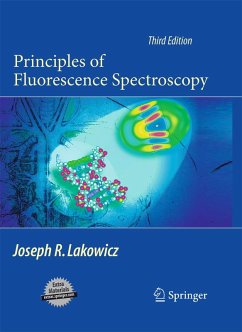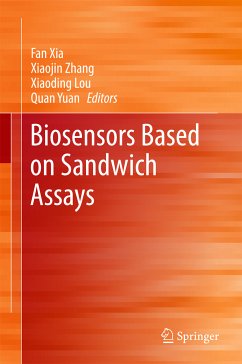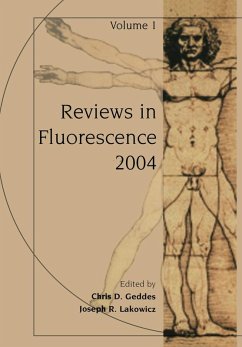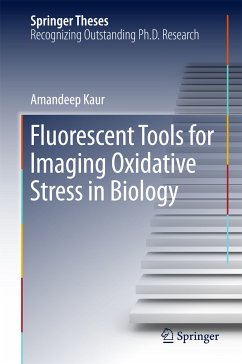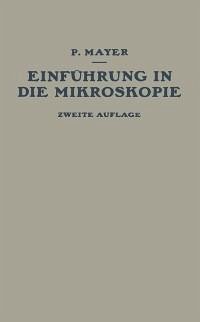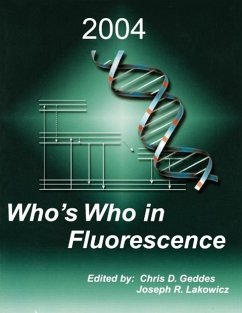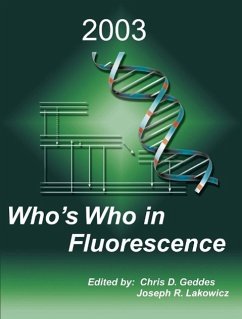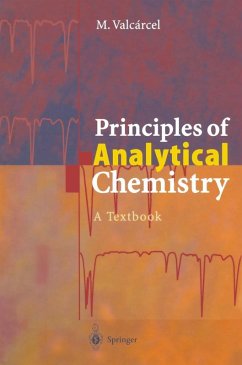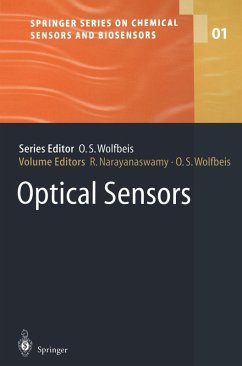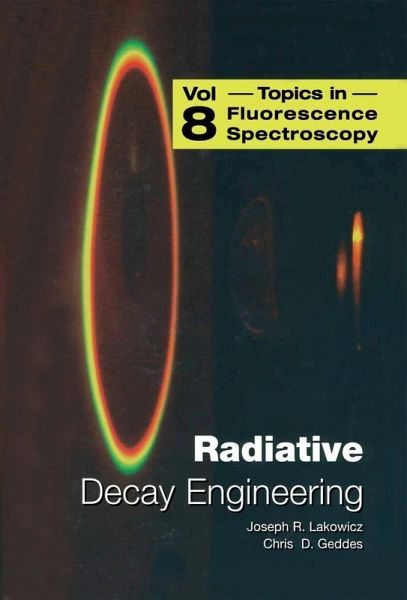
Radiative Decay Engineering (eBook, PDF)
Versandkostenfrei!
Sofort per Download lieferbar
80,95 €
inkl. MwSt.
Weitere Ausgaben:

PAYBACK Punkte
40 °P sammeln!
During recent years our enthusiasm for Radiative Decay Engineering (RDE) has continually increased. Many of the early predictions have been confirmed experimentally. We see numerous applications for RDE in biotechnology, clinical assays and analytical chemistry. While implementation of RDE is relatively simple, understanding the principles of RDE is difficult. The concepts are widely distributed in the optics and chemical physics literature, often described in terms difficult to understand by biophysical scientists.RDE includes chapters from the experts who have studied metal particle optics a...
During recent years our enthusiasm for Radiative Decay Engineering (RDE) has continually increased. Many of the early predictions have been confirmed experimentally. We see numerous applications for RDE in biotechnology, clinical assays and analytical chemistry. While implementation of RDE is relatively simple, understanding the principles of RDE is difficult. The concepts are widely distributed in the optics and chemical physics literature, often described in terms difficult to understand by biophysical scientists.
RDE includes chapters from the experts who have studied metal particle optics and fluorophore-metal interactions. This collection describes the fundamental principles for the widespread use of radiative decay engineering in the biological sciences and nanotechnology.
RDE includes chapters from the experts who have studied metal particle optics and fluorophore-metal interactions. This collection describes the fundamental principles for the widespread use of radiative decay engineering in the biological sciences and nanotechnology.
Dieser Download kann aus rechtlichen Gründen nur mit Rechnungsadresse in A, B, BG, CY, CZ, D, DK, EW, E, FIN, F, GR, HR, H, IRL, I, LT, L, LR, M, NL, PL, P, R, S, SLO, SK ausgeliefert werden.




